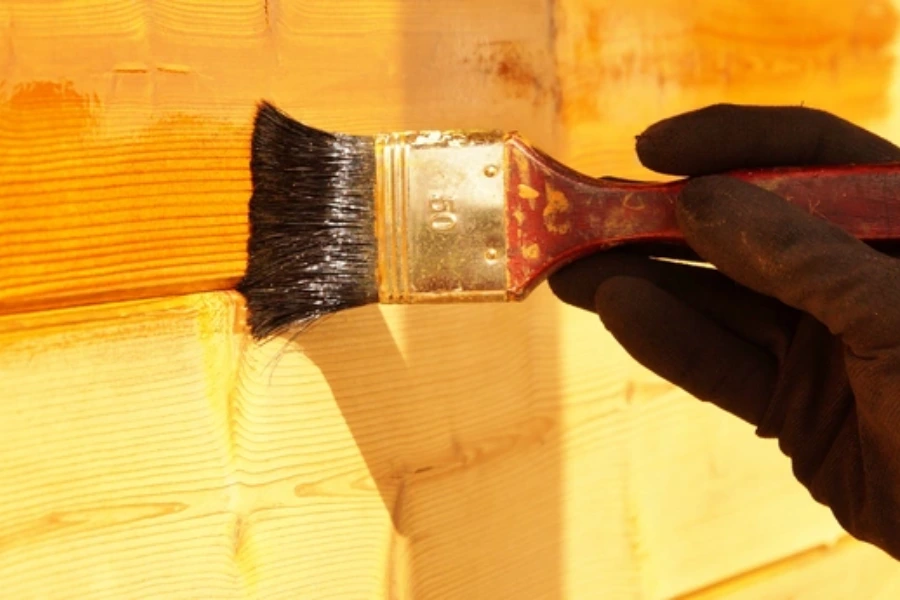Exploring the Varied Effects of Wood Finishes
Choosing between staining and painting for your woodworking projects can significantly affect the final result. Each method has unique characteristics that can either enhance or obscure the natural beauty of wood. In this article, we will delve into the differences between these two popular finishing techniques. By understanding their advantages, challenges, costs, and best practices, you can make an informed decision that meets your needs and expectations.

What Is Painting?
Painting involves applying a pigmented liquid to the surface of wood, providing a layer of color while covering the grain. This method offers a wide range of color options and creates a smooth, uniform finish. The protective coating from paint helps shield the wood from moisture and environmental damage. However, because it covers the wood completely, painting hides its natural texture and character.
Understanding Staining Techniques
staining allows you to alter the color of wood without covering its natural grain. It penetrates the wood’s surface, enhancing its natural patterns and textures rather than concealing them. This technique provides a more rustic and organic look compared to painting. stainings come in various shades, enabling you to achieve anything from light tints to deep, rich hues.

Key Differences Between the Two Methods
The primary difference lies in how each method interacts with the wood. While painting creates a barrier on top of the wood, staining absorbs into it. This means that painted surfaces tend to be more resilient against scratches and wear. Meanwhile, stained surfaces highlight the wood’s inherent qualities but may require more maintenance over time to keep them looking fresh.
Benefits of Using Paint
There are several benefits to choosing paint for your woodwork:
- Wide variety of colors available
- Provides a robust protective layer
- Smooths out imperfections on the wood surface
- Offers durability against weathering elements
Advantages of Staining Wood
Staining offers distinct advantages that cater to different aesthetic preferences:
- Enhances natural grain patterns
- Presents a more organic appearance
- Easier touch-ups and refinishing
- Tends to cost less than multiple coats of paint
Challenges You May Face
While both methods have their merits, they also come with potential challenges. When using paint, achieving an even coat can be difficult on textured surfaces. Paint may chip or peel over time if not applied properly. On the other hand, staining requires meticulous preparation as uneven absorption can lead to blotchy results. Both methods demand some upkeep, though painting typically requires fewer touch-ups.
Cost Considerations
When planning your project budget, consider that costs can vary based on materials and labor involved. Painting often requires additional primer and multiple layers to achieve full coverage, making it generally more expensive upfront than staining. However, its longevity can offer better value over time by reducing maintenance efforts.
Tips for Achieving Best Results
To ensure successful outcomes whether you choose paint or stain:
- Select high-quality products suitable for your project’s environment
- Prepare the surface thoroughly by sanding and cleaning before application
- Test colors on hidden areas before full application to ensure satisfaction
- Follow manufacturers’ instructions carefully for optimal results
- Consider professional help for large or intricate projects
Your Next Steps in Choosing a Finish
If you’re located in Potomac, MD, our expert team at Sam Professional Painting LLC of Potomac is ready to guide you through selecting the perfect finish for your wooden fixtures. We are here to provide excellent service tailored to your specific requirements. Reach out today at (410) 817-2097 to start planning your next project with confidence.
